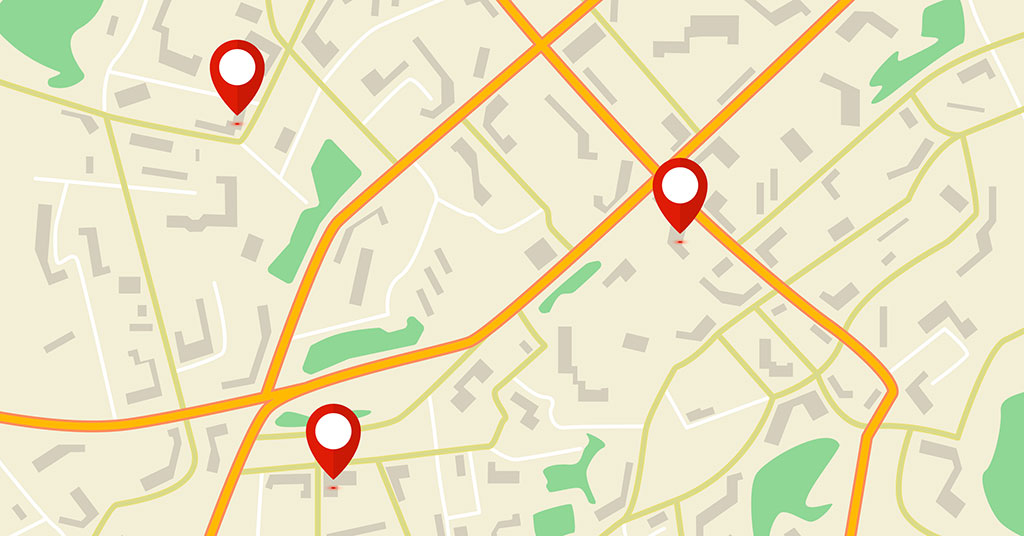Area Representation

Prospective franchisees have several different entry points into franchising. The most common entry path for a new franchisee is to sign on for a single unit and operate it. Other options include multi-unit franchising, area development, master franchising (also known as sub-franchising), and area representation.
This article focuses on area representation. However, since different franchisors define some of the above terms differently, some quick definitions are in order before proceeding. Note: In practice, these terms, and the distinctions between them, are often more complex than we have room to discuss here. A good franchise lawyer can help you sort out the pros and cons of each, in terms of how they meet your business goals.
- Single-unit franchisee — The franchisee signs an agreement to operate one unit. After proving they are capable operators, they can ask the franchisor to approve them for a second unit, then a third, and so on. This is sometimes called sequential franchising.
- Multi-unit franchisee — The franchisee signs an agreement to buy two or more units from the outset. As a successful multi-unit operator, they can expand further by acquiring additional units, most typically of the same brand. They also can sign on for new brands, becoming a multi-unit, multi-brand franchisee.
- Area developer — The franchisee purchases the rights to a territory (area), agreeing to open and operate a certain number of units by a specified date. The franchisee must meet a development schedule or lose the rights to exclusivity within that territory.
In all of the cases above, the franchisee buys units from the franchisor (or another franchisee, with the franchisor's approval) and operates them through their own company, whether directly or through managers. They pay a franchise fee up front, and then pay ongoing royalties to the franchisor.
The next two terms are often confused, used interchangeably, or differ in usage from one franchisor to another.
- Master franchisor or sub-franchisor — This model is used most frequently by franchisors to expand overseas, entrusting the master franchisor with all the responsibilities of the franchisor, including signing new franchisees. The franchisor receives a percentage of the royalties and ongoing franchise fees, but all the heavy lifting is performed by the master franchisee.
- Area Representative — Marvin L. Storm, when he was managing director of Blackstone Hathaway, specialized in using area representatives as a franchise growth strategy. Some years back, he wrote a regular column on area representation for Franchise Update magazine and define an area representative thusly:
"Someone (who may or may not be a franchisee) with the right to seek out franchise candidates and provide marketing and operational services to franchisees within a predefined geographical territory. This is in return for a percentage of the initial franchise fees and ongoing royalties. However, the contracting parties are the franchisor and franchisee, not the area representative and franchisee."
In other words, unlike the master franchisor, the area representative acts as a franchisor in nearly all respects (recruitment, training, site selection, ongoing field support, mentoring, etc.) except for signing the franchise agreement with the franchisees they recruit. They have signed their own agreement already with the franchisor specifying the terms of the area representative agreement.
In return for carrying out these tasks, the area representative typically receives 40 to 60 percent of the initial franchise fee and the ongoing royalties.
Why is this a good growth strategy for franchisors? Because they don't have to staff up their home office with recruiters, trainers, field support staff, etc. These franchisors are using other peoples' money to grow, more so than in the other sales models. And rather than take 100 percent of the franchise fee and royalties but have to support a larger staff and overhead, franchisors who choose this strategy take 40 to 60 percent of the fees and let the area representative do much of the work. Potential benefits include rapid growth and brand dominance in selected markets, without building up a large infrastructure.
For someone considering area representation, the benefits include the use of a proven system, a known brand name (or, in the case of an emerging brand, a chance to get in on the ground floor), and support from the franchisor when needed. However, failure to meet the development schedule could lead to termination of the area representation contract.
Share this Feature
Recommended Reading:
FRANCHISE TOPICS
- Multi-Unit Franchising
- Get Started in Franchising
- Franchise Growth
- Franchise Operations
- Open New Units
- Franchise Leadership
- Franchise Marketing
- Technology
- Franchise Law
- Franchise Awards
- Franchise Rankings
- Franchise Trends
- Franchise Development
- Featured Franchise Stories






 The franchise opportunities listed above are not related to or endorsed by Franchising.com or Franchise Update Media Group. We are not engaged in, supporting, or endorsing any specific franchise, business opportunity, company or individual. No statement in this site is to be construed as a recommendation. We encourage prospective franchise buyers to perform extensive due diligence when considering a franchise opportunity.
The franchise opportunities listed above are not related to or endorsed by Franchising.com or Franchise Update Media Group. We are not engaged in, supporting, or endorsing any specific franchise, business opportunity, company or individual. No statement in this site is to be construed as a recommendation. We encourage prospective franchise buyers to perform extensive due diligence when considering a franchise opportunity.